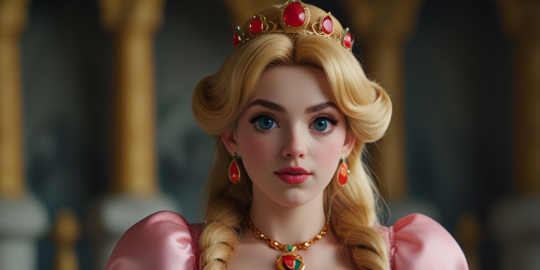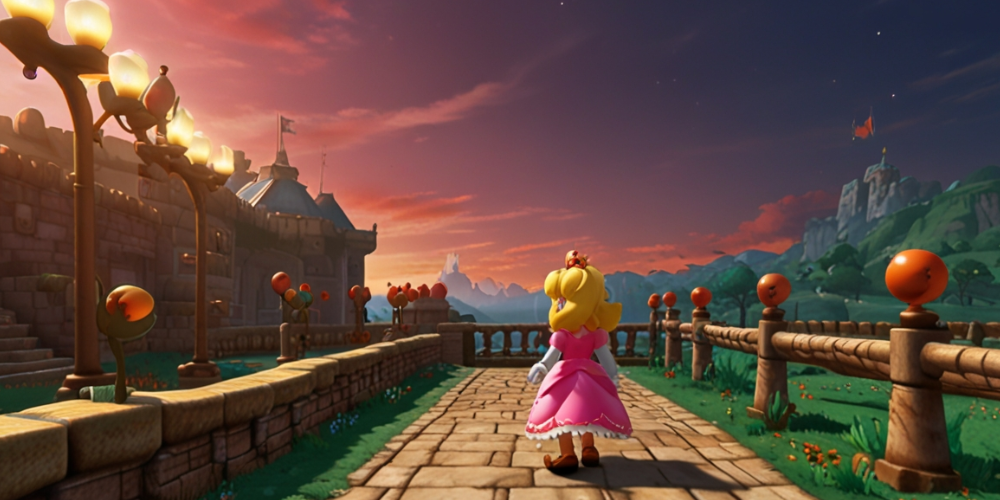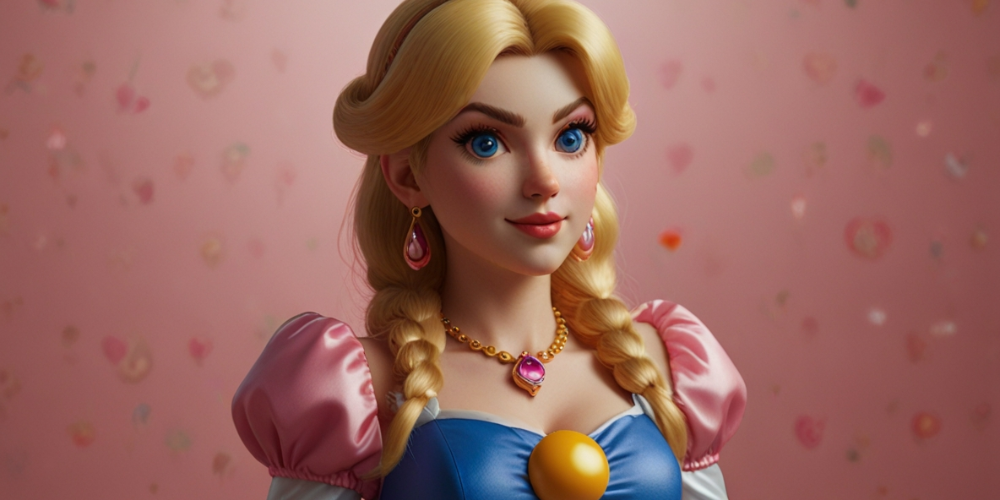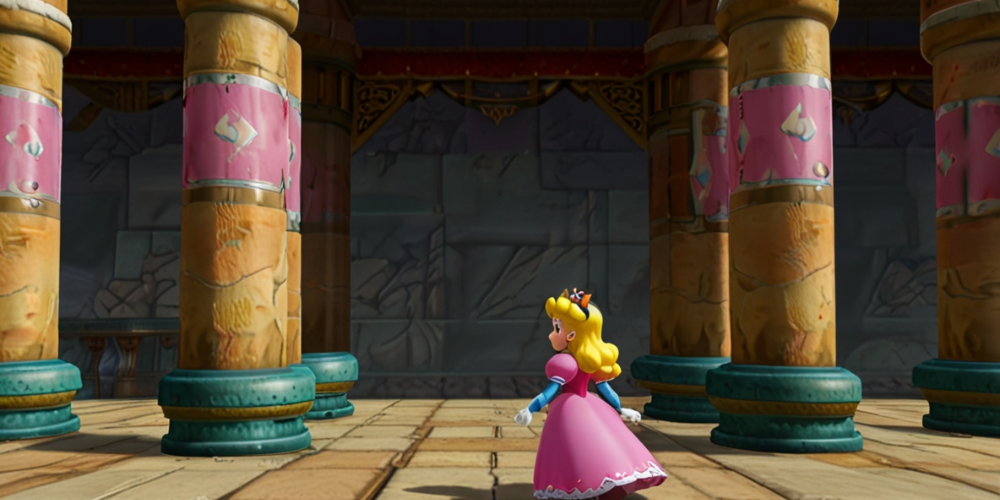
Princess Peach, often relegated to the role of the damsel in distress within the video game universe, embarks on a new adventure in "Princess Peach Showtime." This game represents a concerted effort to break away from her iconic yet limiting role, focusing more on her potential as an adventurer, independent of Mario and Luigi. By featuring an array of gameplay genres, "Princess Peach Showtime" serves as an inviting gateway for new players. However, the pacing may appear slow to seasoned gamers. Still, it’s a noteworthy step by Nintendo to engage a broader audience by putting Peach center stage.
Peach's Solo Adventure
In this latest outing, Mario and Luigi are notably absent. The narrative kicks off with Peach receiving an invitation to visit the Sparkle Theater, located in a quaint land inhabited by Theets—small, yellow creatures with distinctive bulbous noses. Upon her arrival, the theater falls under siege by the sorceress Grape and her minions, the Sour Bunch. Peach's loyal Toad companions are cast out, her crown is lost, and the once joyous plays are corrupted.

Enter Stella, the guardian fairy of the theater, who transforms into a ribbon that Peach can wear in her hair. This transformation signifies a shift from the traditional Peach we're accustomed to. With Stella’s help, Peach can wield a whip-like motion to transform objects and enemies within her environment. Stella's presence also enables various transformations in Peach, making her an adaptable protagonist in this side-scrolling epic.
Costume Transformations
As Peach dives into each corrupted play, she takes on the heroic roles dictated by her newly discovered costumes. These roles span a wide array of archetypes including Swordfighter, Cowgirl, and Detective. Each costume introduces different gameplay mechanics, offering a diverse experience. For instance, Swordfighter Peach showcases a traditional action game setup, complete with a light parry system. The Cowgirl role, emphasizing ranged attacks with a lasso, and the Kung-Fu stages, with rhythmic fighting elements, keep the gameplay fresh. Mighty Peach, a playful nod to the henshin hero genre, features her in a robotic power suit fighting UFOs and throwing buses.
Essentially, every play is a sidescroller, adhering to a format most familiar to gamers. Even within this framework, there is ample variety. The Ninja stages emphasize stealth tactics, while the Dashing Thief role employs a grappling hook for rapid rooftop traversal. Deviating further from the platformer core are the Figure Skater stages, where Peach glides gracefully on ice, and the Mermaid stages, involving underwater puzzle-solving with her singing voice.
Non-Combat Challenges
The game also features stages that diverge significantly from traditional combat. The Patissiere stages, for example, are akin to timing-based cooking games, adding layers of creativity to the gameplay. Here, Peach must bake cookies and frost cakes, highlighting the game’s flexible concept. However, not all deviations are equally successful; the Detective stages, primarily involving dialogues and pointing out inconsistencies in small rooms, feel lackluster and slow in comparison, even considering the younger target audience.

The Art of Stagecraft
One of the notable aspects of "Princess Peach Showtime" is its dual-layered visual design. While players navigate the game, they must remain aware that these adventures are set in theatrical plays. The stagecraft is details; props and backgrounds resemble stage pieces, and characters like Mighty Peach’s enemies or the Cowgirl’s horse appear as seamless puppetry. Boss designs, too, are captivating, portraying cursed stage pieces like a colossal snake crafted from lighting rigs.
Progression and Collectibles
As players progress, they'll gather coins and sparks, which are crucial for advancing through the game. Sparks allow access to bosses without requiring frustrating backtracking, a relief compared to similar structures in recent Nintendo games. Coins, on the other hand, can be spent on additional dress designs for Peach and ribbon colors for Stella. While these customizations primarily influence the main theater floors rather than the individual plays, they add another layer of personalization.
Special stages involving the rescue of Sparklas and timed challenges offer additional content and ramp up the difficulty marginally, perfect for keeping the game engaging for completionists. However, these collectibles are not restrictive, ensuring a smooth experience, especially for younger players.

Story and Character Depth
Despite the innovative gameplay and visuals, the story falls short. Grape, the primary antagonist, fits the archetypal evil character mold without clear motivations or backstory. The overall story could benefit from a more compelling villain to heighten the emotional stakes of the final confrontation. Interestingly, the individual plays often present more engaging narratives, thanks to whimsical writing and animation.
Final Thoughts
"Princess Peach Showtime" stands out as a welcoming, easy-to-digest game, mainly geared towards new and younger gamers. The varied genres within the game work to different extents, yet none are overly complex or off-putting. Although none of these stages are robust enough for solo games, they serve as an excellent introduction to multiple game types. With Princess Peach as a versatile and charming guide, this game invites players to explore and enjoy a delightful array of experiences.